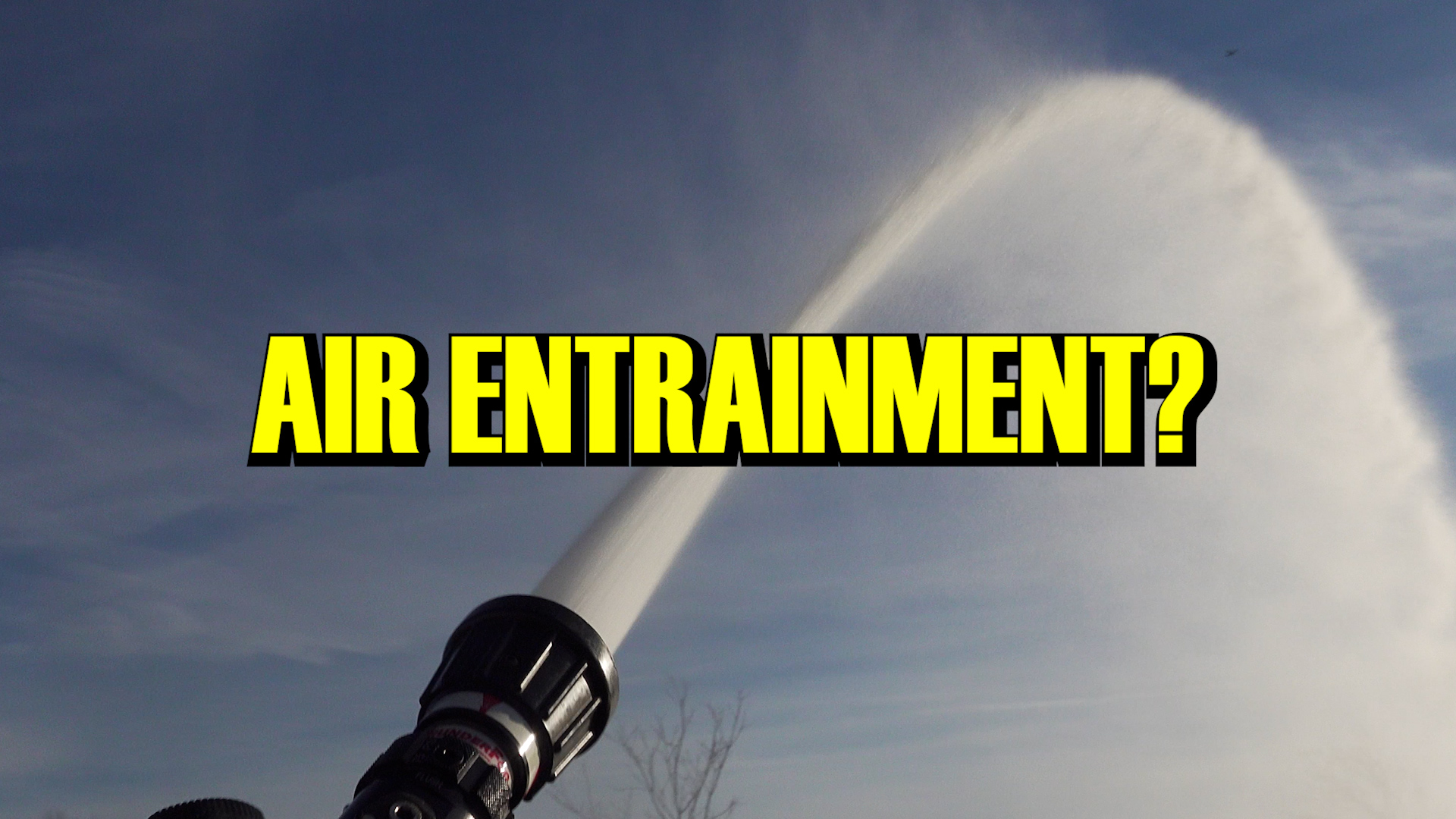Summary: During fire attack, nozzle movement and stream type can unintentionally draw air toward the fire, affecting flow paths, feeding the fire, or exposing crews to increased heat and smoke. This phenomenon, called air entrainment, is often overlooked but crucial in interior operations. Firefighters should be aware of how fog vs. smooth bore nozzles and their movement patterns influence ventilation conditions — and avoid working in the exhaust of their own stream.
What Every Firefighter Should Know About Air Entrainment
If you're not thinking about air entrainment during interior attack, you might be setting yourself — and your crew — up for some hard lessons. This concept isn’t just for engineers or tech geeks. It’s a real, operational factor that influences how your nozzle, stream, and movement affect the fire environment.
Let’s break it down like you’re talking to a probie.
What Is Air Entrainment in Fire Attack?
In plain terms, air entrainment happens when your hose stream pulls air along with it. That airflow might seem harmless — until you realize you could be unintentionally feeding the fire or changing its behavior.
It’s especially pronounced with fog nozzles or fast sweeping movements. That cone of water doesn’t just cool — it pulls room air with it, potentially drawing heat, smoke, and even fire toward you or deeper into the structure.
Are You Working in the Exhaust?
One of the biggest dangers: standing in the wrong spot relative to your own nozzle stream. If you're advancing while pulling fire and smoke toward you — congratulations, you're working in the exhaust.
This is where nozzle choice and technique come into play. A smooth bore nozzle with a steady, narrow stream tends to entrain less air than a fog nozzle in wide pattern. But even then, your movement matters. Wide sweeping motions or aggressive water application can still stir things up.
Reading Ventilation and Flow Path
Recognizing ventilation conditions is just as important as choosing the right nozzle. If you're forcing smoke and heat through a new opening — like a window or doorway — you're creating a new flow path. That can rapidly change the fire's behavior, especially if your stream is drawing fresh air toward the fire or pushing heated gases back onto your crew.
Every decision — from nozzle pattern to entry point — influences how air and fire move through the structure.
One Tip for the Probie: Respect the Stream’s Impact
If there's one thing to hammer home with a new firefighter, it’s this: your stream doesn’t just move water — it moves air. Every fog pattern or nozzle sweep can change how the fire breathes. That’s a lot of responsibility for one handline.
So before opening up, take a beat. Think about where the fire is, where the heat and smoke are going, and what your stream might do to that environment.
The Bottom Line
Air entrainment isn’t theory — it’s tactics. Misjudge it, and you might feed the fire or blow heat back on your team. Understand it, and you’ll move smarter, attack safer, and read the room like a seasoned nozzleman.
Nozzle selection, movement, and ventilation awareness are all part of the equation. And if you're unsure? Ask the crew who’s been in the thick of it. They’ll tell you: working the exhaust is no place you want to be.



Comments